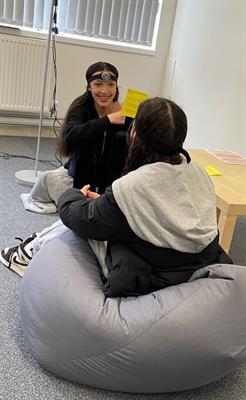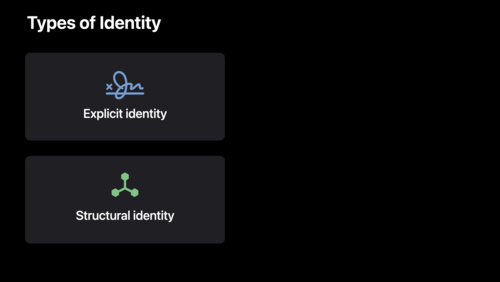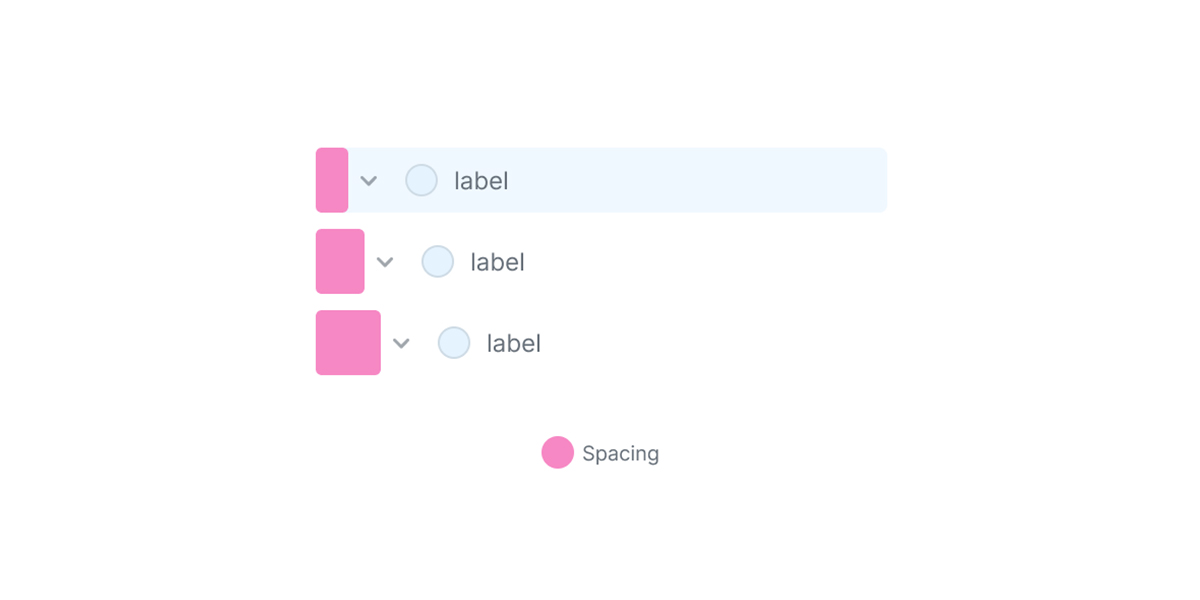Through each other's eyes: initial results and protocol for the co-design of an observational measure of adolescent-parent interaction using first-person perspective
Background: Current observational methods to understand adolescent-parent interaction are limited in terms of ecological and content validity. We outline a protocol and initial results and a protocol for future work from a programme of work to: 1) establish a new method for data capture of adolescent-parent interaction at home using wearable cameras and; 2) develop a new relevant and comprehensive observational micro-coding scheme. In Part 1, we report our completed preliminary work, comprised of an initial scoping review, and public engagement work. In Part 2, we present a protocol for the development of the new measure. Methods: Part 1 – We searched Pubmed for existing observational measures of adolescent-parent interaction for the scoping review. We also undertook public engagement work utilising a mobile research van, taken to multiple locations around Bristol, UK to engage with a variety of populations through interactive methods. Part 2 – Our protocol describes plans for: 1) A systematic review of the psychometric properties of observational measures of adolescent-parent interaction; 2) Focussed public engagement workshops; 3) Harmonisation of information from existing coding schemes and literature with information from public engagement with adolescents and parents; 4) A pilot study to assess the acceptabiliyacceptability and feasibility of the method; 5) Development of a coding scheme in consultation with an expert and lay panels, and through real-life application to recorded videos from a pilot sample. Results: Scoping review: we identified 21 adolescent-parent observational schemes, of which 8eight used micro-coding and 13 used global –coding schemes. The majority of micro-coding schemes were not developed specifically for adolescents. Most studies used conflict or problem-solving tasks, which may not adequately capture positive adolescent-parent interactions. The mobile van event received views from 234 young people and/or parents. Families were positive about taking part in research using headcams. “Trust” and “understanding” were most frequently reported as important adolescent-parent relationship constructs. Conclusions: This work represents the first attempt to truly co-design create a method to assess parenting in adolescence. We hope to develop an observational measure using novel technological methods that can be used across a range of research and therapeutic settings.


















